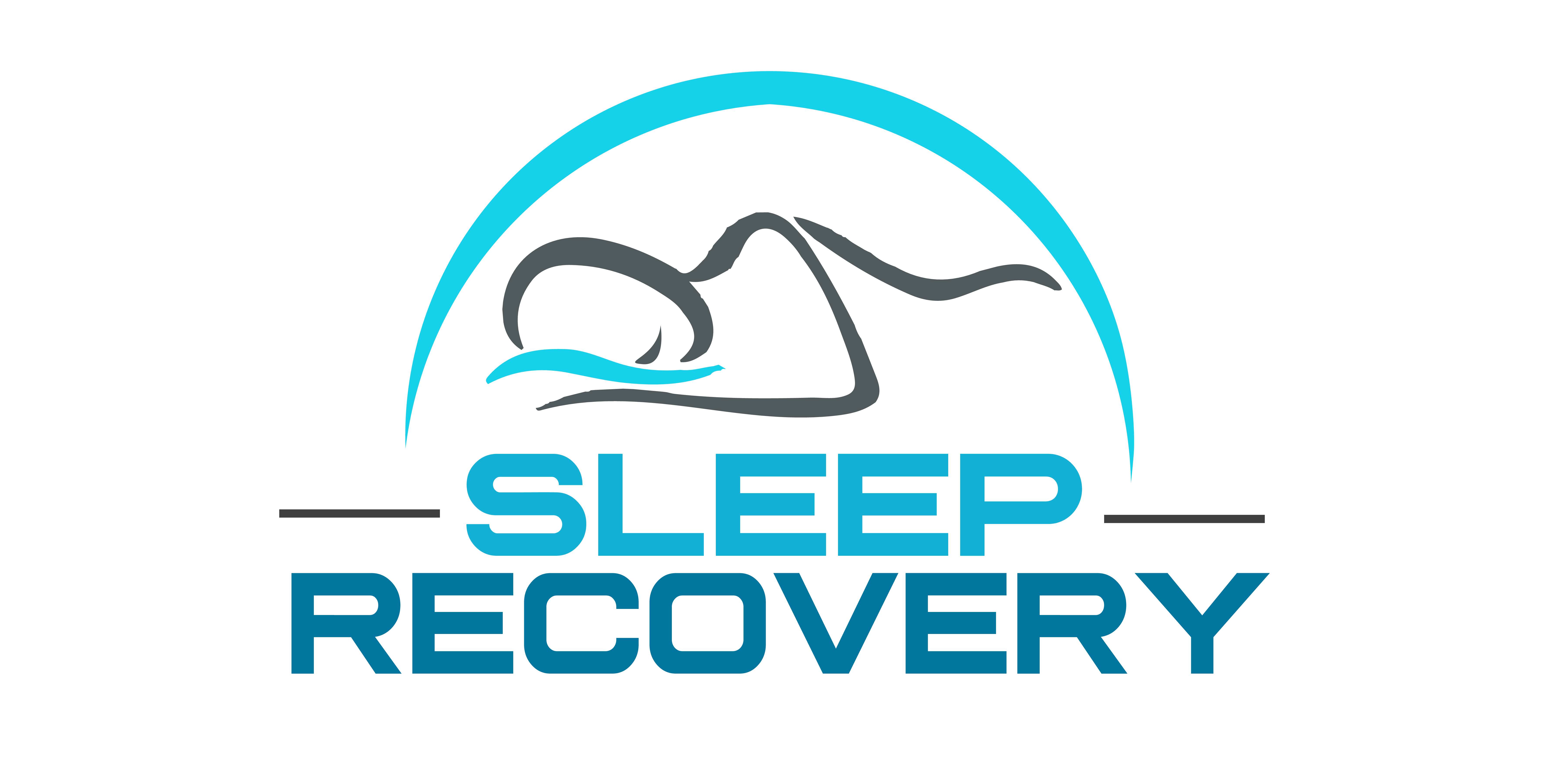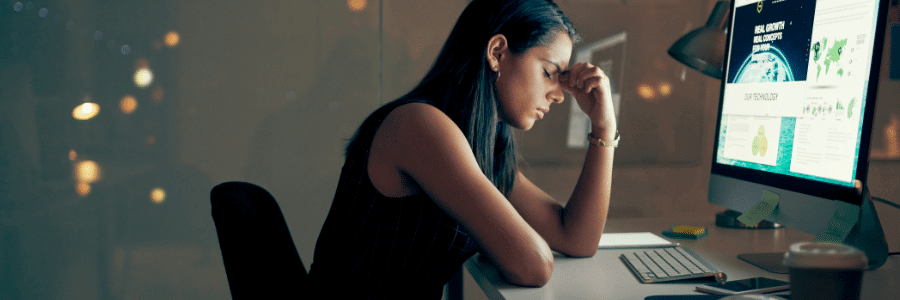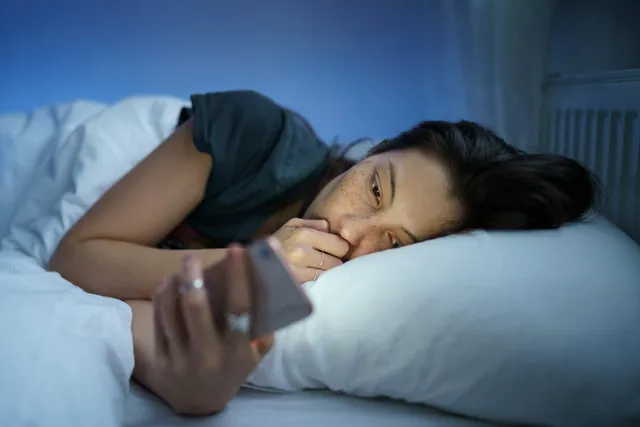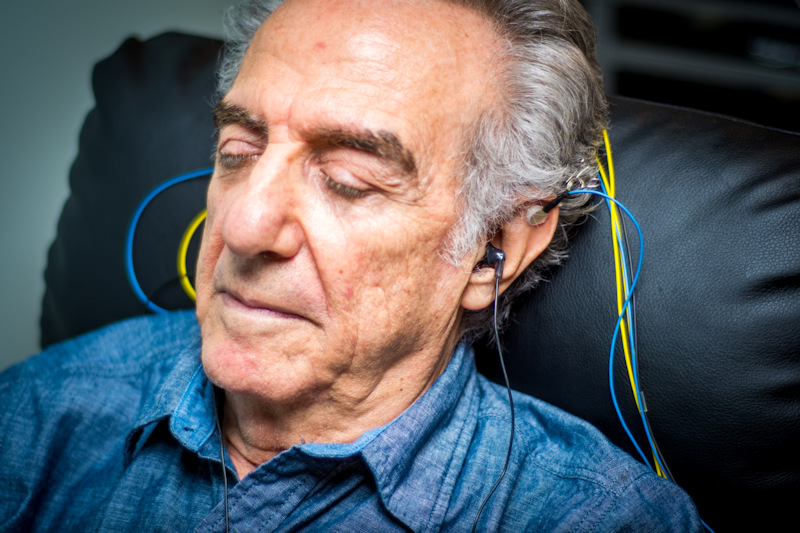Corporate Computer Culture: How Modern Work Is Wrecking Our Sleep

A decade-long study reveals that sedentary jobs and irregular schedules create persistent sleep problems that traditional solutions miss.
It’s only Wednesday, but the numbness masking Mary’s lower back pain has already locked itself in. She knows her sleep won’t come easily even when she goes to bed. Despite her exhaustion, Mary will likely spend an hour tossing and turning before drifting off, only to wake repeatedly throughout the night.
“I’ve tried everything,” she says. “Melatonin, cutting screen time, meditation apps, even prescription sleep aids. Nothing works for more than a few nights.”
Mary doesn’t realize that the culprit may not be what she’s doing before bed, but how she spends her workday – seated at a desk for hours, rarely moving except to attend meetings or grab coffee.
A groundbreaking study published in the Journal of Occupational Health Psychology suggests that the very structure of modern work could be driving an epidemic of poor sleep that affects millions of workers like Mary. The research, led by University of South Florida psychologist Claire Smith, tracked over 1,200 full-time employees over a decade to understand how work environments influence long-term sleep patterns.
The findings are sobering: employees whose jobs are primarily sedentary (an estimated 80% of today’s workforce) face a 37% higher risk of developing chronic insomnia symptoms. Meanwhile, those with non-traditional schedules, like evening shifts or rotating hours, are 66% more likely to create disrupted sleep patterns requiring “catch-up sleep” on weekends.
Most concerning, these problems tend to persist – once established, poor sleep patterns remained stable for 90% of affected workers over the decade-long study period.
“How we design work poses serious, long-term threats to healthy sleep,” Smith explains. “It’s not just about getting your eight hours. It’s about falling asleep easily, staying asleep through the night, and maintaining a consistent sleep schedule.”
Beyond Counting Hours: Understanding Sleep Types
The research team’s approach broke new ground by looking beyond simple measures like total sleep time. Using data from the national Midlife in the United States study, they tracked multiple dimensions of sleep health: duration, consistency, how long it took to fall asleep, sleep interruptions, napping patterns, and daytime tiredness.
This comprehensive approach revealed three distinct sleep types among workers:
Good Sleepers: These fortunate employees fall asleep easily, stay asleep through the night, and maintain consistent sleep schedules. They rarely need naps and generally feel alert during the day.
Catch-Up Sleepers: These workers accumulate sleep debt during the workweek, then try to recover on weekends by sleeping or napping frequently. While this pattern might feel like a reasonable adjustment, it disrupts the body’s natural rhythms, creating what sleep scientists call “social jet lag.”
Insomnia Sleepers: This group struggles with persistent sleep quality issues, including difficulty falling asleep, waking during the night, and feeling tired despite adequate time in bed. The study found that 90% of workers who fell into this category remained there after ten years, highlighting how complex these patterns are to break once established.
The insomnia pattern became almost normal for Jim Reynolds, a network administrator who spent 14 years managing server systems. “I just accepted that I was a ‘bad sleeper’ and tried to power through with caffeine,” he recalls. “It wasn’t until I changed careers to something less desk-bound that I realized how abnormal my sleep had been.”
The Sitting Problem: Why Desk Jobs Disrupt Sleep
The connection between sedentary work and sleep problems is counterintuitive. After all, physical labor is tiring – shouldn’t desk jobs leave us with more energy for good sleep?
The research suggests otherwise. Workers with highly sedentary jobs were significantly more likely to fall into the insomnia sleeper category, struggling with sleep onset and maintenance despite adequate rest opportunities.
Several mechanisms might explain this connection:
- Reduced physical fatigue: The body needs physical activity to regulate its sleep-wake cycle properly. Without sufficient movement during the day, many workers don’t build up the physical tiredness that helps trigger natural sleep onset.
- Blue light exposure: Office workers typically spend hours facing screens, exposing themselves to blue light that suppresses melatonin production.
- Stress without release: Knowledge work often creates mental stress without providing physical outlets for tension release, leading to mental exhaustion and physical restlessness.
- Disrupted circadian rhythms: Natural light exposure helps regulate our internal body clocks. Office workers may spend entire days in artificial lighting, disrupting these natural cues.
Thomas Wilkins, who supervises a team of software developers, has observed these patterns firsthand. “I notice that when I make a point of walking during lunch and taking movement breaks, I sleep much better,” he says. “But our work culture makes that difficult. Back-to-back meetings and constant deadlines keep everyone glued to their chairs.”
While sedentary workers face one set of sleep challenges, those with non-traditional schedules encounter a different problem. The study found that these employees were significantly more likely to become “catch-up sleepers” who accumulate sleep debt during work periods and then try to recover during days off.
Nurses, factory workers, hospitality staff, and others working evening, overnight, or rotating shifts often fight against their bodies’ natural rhythms. Although humans can adjust somewhat to schedule changes, most people’s biological clocks strongly prefer consistent sleep timing.
Emergency room nurse Sarah Johnson knows this struggle well. “After night shifts, I try to sleep during the day, but it’s never the same quality,” she explains. “On my days off, I crash for 10-12 hours but still don’t feel fully refreshed. It’s like my body never quite knows what time it’s supposed to be.”
This pattern creates what sleep scientists call “social jet lag,” putting the body through weekly time zone changes. The effects extend beyond subjective tiredness, potentially increasing risks for metabolic disorders, cardiovascular problems, and mood disturbances.
The most troubling finding from Smith’s research is how sticky these sleep problems become. Once established, poor sleep patterns tend to persist for years – 90% of those classified as insomnia sleepers remained in that category after a decade.
This persistence creates a vicious cycle. Poor sleep reduces cognitive function and emotional regulation, making implementing good sleep habits or adapting to workplace demands harder. Meanwhile, continued exposure to the original sleep-disrupting work conditions reinforces the problematic patterns.
Dr. Jeffery Wilson, Clinical Director at Sleep Recovery, sees these entrenched patterns regularly in his practice. “By the time many clients come to us, they’ve been struggling with work-related sleep problems for years,” he explains. “Their brains have essentially been rewired for disrupted sleep, creating a pattern that persists even when the initial triggers are addressed.”
This neurological perspective helps explain why simply changing jobs or schedules doesn’t always solve the problem. Once the brain establishes specific electrical activity patterns around sleep, these patterns can maintain themselves independently, requiring particular interventions to reset.
Breaking the Cycle: Solutions for Employers and Employees
While the research paints a concerning picture, it also points toward potential solutions at both individual and organizational levels.
For individual workers:
- Movement integration: Incorporating regular movement throughout the workday can help counteract the adverse effects of sedentary work. This approach might include walking meetings, standing desks, stretch breaks, or lunchtime walks.
- Light management: Being strategic about light exposure – seeking natural light during the day and limiting blue light in the evening – can help maintain healthy circadian rhythms.
- Schedule consistency: For those with flexible schedules, maintaining consistent sleep and wake times even on days off can prevent the disruptions associated with catch-up sleep patterns.
- Stress management: Developing techniques to leave work stress rather than bringing it to bed can improve sleep quality, especially for knowledge workers whose jobs involve abstract problem-solving.
At the organizational level, employers can consider:
- Movement-friendly policies: Create workplace cultures encouraging regular movement rather than marathon sitting sessions. This idea might include meeting-free blocks for walks, standing meeting options, or even scheduled movement breaks.
- Schedule predictability: When possible, providing consistent and predictable schedules rather than frequently rotating shifts, particularly for jobs requiring evening or overnight work.
- Light environment: Designing workspaces with access to natural light and adjusting artificial lighting to support healthy circadian rhythms.
- Sleep health education: Providing resources and education about the importance of sleep health and its connection to workplace productivity and safety.
Diana Martinez, Director of Human Resources at a technology company, has seen how these approaches pay off. “We implemented a ‘no meetings Wednesday afternoon’ policy so people could have focused work time or take a walking break,” she says. “We also discourage after-hours emails and have flexible start times so people can work with their natural rhythms. Absenteeism dropped, and our employee satisfaction scores increased significantly.”
The Sleep Recovery Approach: Resetting Disrupted Patterns
Workers already experiencing persistent sleep problems may need more targeted interventions. Sleep Recovery has developed specialized approaches for addressing the neurological patterns underlying work-related sleep disruption.
“We see many clients whose sleep issues began with work demands and then took on a life of their own,” explains David Mayen, Founder and Program Director at Sleep Recovery. “Our approach focuses on resetting the brain’s electrical patterns associated with sleep initiation and maintenance, which often become dysregulated through years of poor sleep.”
Their protocol typically includes:
- Assessment: Detailed evaluation of sleep patterns and potential neurological disruptions, often including brainwave measurement.
- Targeted interventions: Custom protocols using neurofeedback, brainwave entrainment, and other neurologically-based approaches to reset disrupted patterns.
- Environmental adjustments: Practical strategies for creating work and home environments that support healthy sleep.
- Progress monitoring: Ongoing tracking of sleep metrics to ensure improvements are maintained long-term.
This comprehensive approach has shown particular promise for those with entrenched sleep problems who have not responded to more conventional interventions.
“Many of our clients have tried everything from sleep medications to traditional cognitive-behavioral therapy for insomnia,” notes Dr. Wilson. “What makes our approach different is addressing the actual neurological patterns that maintain the problem, rather than just the symptoms or behaviors.”
The Path Forward: Designing Work for Better Sleep
Smith and colleagues’ research underscores a crucial point: sleep problems aren’t just personal issues to be addressed individually. The very structure of modern work—increasingly sedentary, screen-focused, and schedule-disruptive—creates conditions that promote poor sleep at a population level.
Addressing this challenge will require a multi-level approach. Individual workers need practical strategies to protect their sleep within current work constraints. Organizations need policies and cultures prioritizing sleep health as part of overall employee well-being. For those already experiencing persistent sleep problems, targeted interventions like those offered by Sleep Recovery can help reset entrenched patterns.
As automation and technological change continue transforming work, we can design jobs that support rather than undermine human sleep needs. Innovative organizations are beginning to recognize that well-rested employees are happier, more creative, productive, and less prone to costly errors and accidents.
“Redesigning jobs with sleep health in mind could be key to improving worker well-being,” Smith concludes. The research suggests that relatively simple changes – more movement, more consistent schedules, better light management – could significantly improve sleep health across the workforce.
This research offers both explanation and hope for the millions of workers caught in poor sleep patterns due to job demands. Understanding that their struggles aren’t personal failings but predictable responses to work conditions can be liberating. Knowing that evidence-based solutions exist—from workplace policies to neurological interventions—provides a path to better sleep and healthier lives.
For more information about addressing work-related sleep problems, visit https://sleeprecovery.net.
References:
-
Good News: You Can Make Up for Lost Sleep Over the Weekend (Kind Of) https://health.clevelandclinic.org/insomnia-can-you-make-up-for-lost-sleep-on-weekends
- Association between sedentary behavior and low back pain: A systematic review and meta-analysis. https://pmc.ncbi.nlm.nih.gov/articles/PMC8767074/
-
A parametric investigation of binaural beats for brain entrainment and enhancing sustained attention. https://www.nature.com/articles/s41598-025-88517-z
- Gamma entrainment frequency affects mood, memory, and cognition: an exploratory pilot study. https://pmc.ncbi.nlm.nih.gov/articles/PMC7683678/



